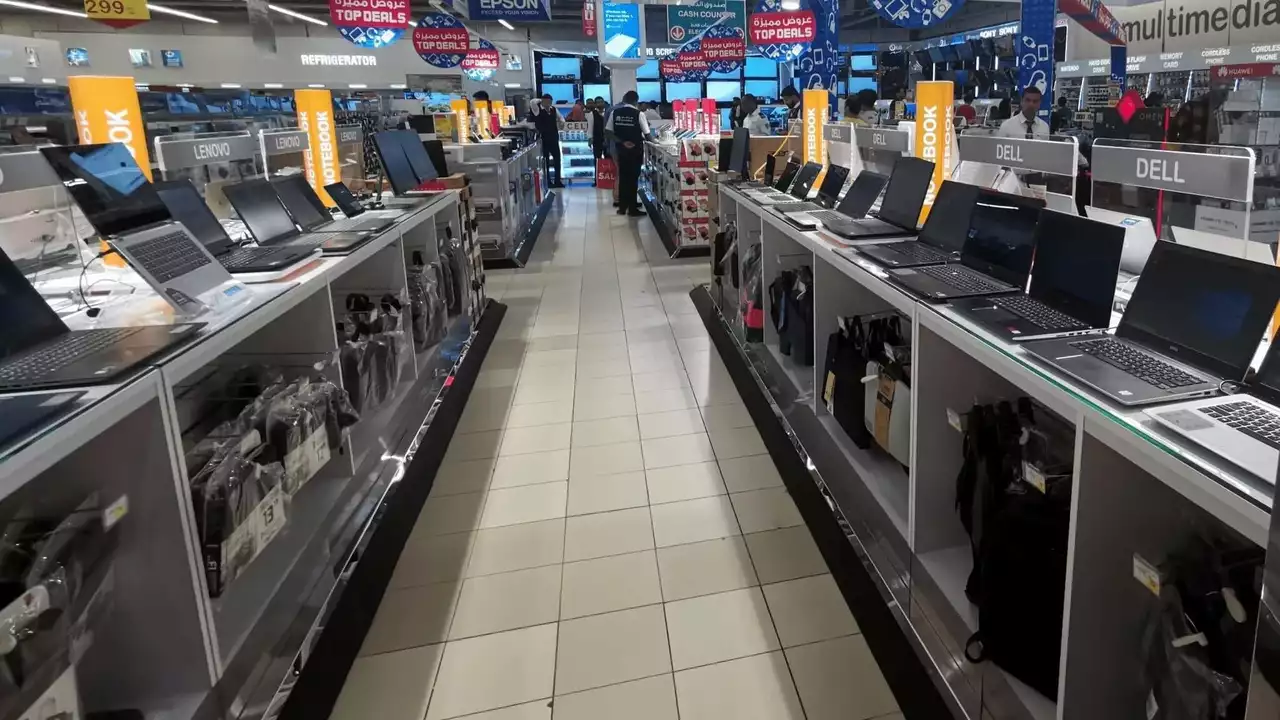History of Indian Elections: Key Moments, Cases and Patterns
Did you know India's first general election (1951–52) had about 173 million registered voters? That scale shaped everything that followed — rules, reforms and the way parties campaign. This tag collects clear, fact-focused stories and documents that help you understand how today's political landscape grew from past events.
We keep things practical. Expect explainers on landmark elections, court rulings that changed rules, and case studies of scandals and reforms. You won't get vague history lectures. Instead, you'll find short reads that connect one event to the next and show why it matters now.
What you’ll find here
Short timelines that map an issue from start to finish. For example, our coverage on the RPSC SI recruitment controversy walks through the exam, the High Court order that canceled the 2021 recruitment and the subsequent resignation of an RPSC member. That piece shows how legal rulings can trigger administrative change.
Media history and comparisons. We break down how different Indian media houses report the same story, so you can trace how narratives shift over time and how that affects public opinion during elections. Expect concrete examples and side-by-side framing of the same event.
Policy and administration milestones. Posts examine when election rules were rewritten, how enforcement improved after leaks or fraud, and which reforms actually reduced problems. We focus on evidence: dates, decisions, and the immediate effects on later polls.
How to use this tag
Search by year or topic if you want a quick timeline. Start with a landmark (a court judgment, a major scandal, a big election) and read the linked posts to trace the fallout. Look for articles that list primary facts — dates, official orders, and the names of commissions or courts involved.
Want to spot patterns? Compare similar events across years. Did a legal ruling in one state lead to a national-level reform later? Did media framing change between two elections? Our posts are written so you can pull those threads without slogging through long reports.
If you're researching or just curious, read a case study and then the timeline summarizing what changed afterward. That gives both the narrative and the takeaway: what this history implies for future elections.
History isn't just old news. It explains why systems work the way they do today and points to where the next change is likely to come from — courts, commissions, or public debate. Use this tag to learn fast, compare smart, and see how past events shape the next election cycle.

What product started the consumer electronics market?
In the realm of consumer electronics, it all started with the invention of the radio in the early 20th century. This groundbreaking product revolutionized the way we communicate, setting the stage for the dynamic electronics market we know today. As the first mass-produced electronic device, the radio brought information and entertainment directly into people's homes. This truly kickstarted the consumer electronics market, paving the way for subsequent innovations like television, computers, and smartphones. It's fascinating to see how far we've come from that humble beginning.